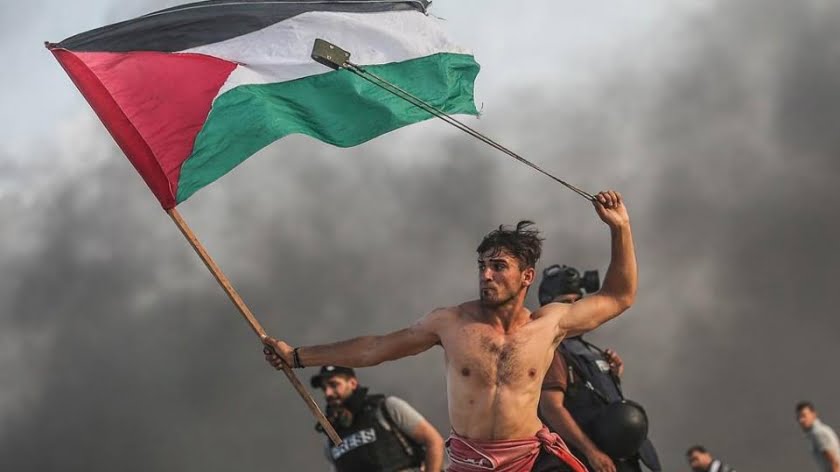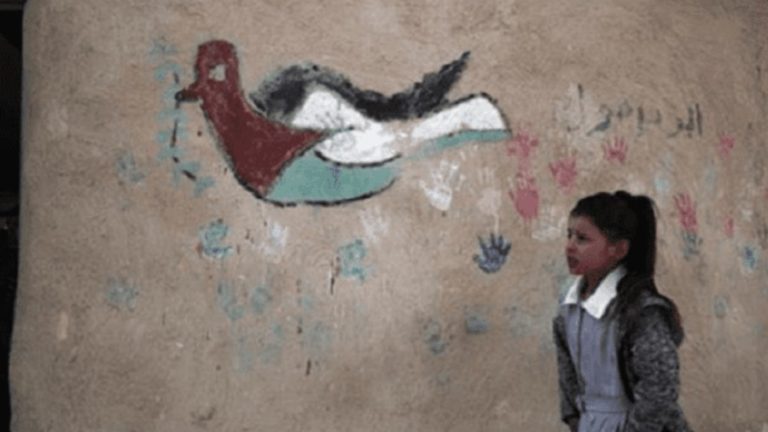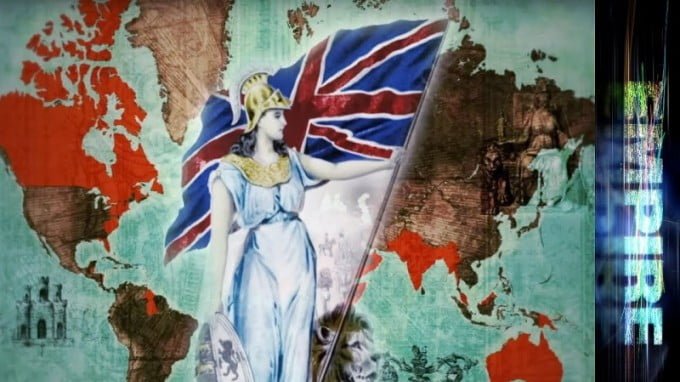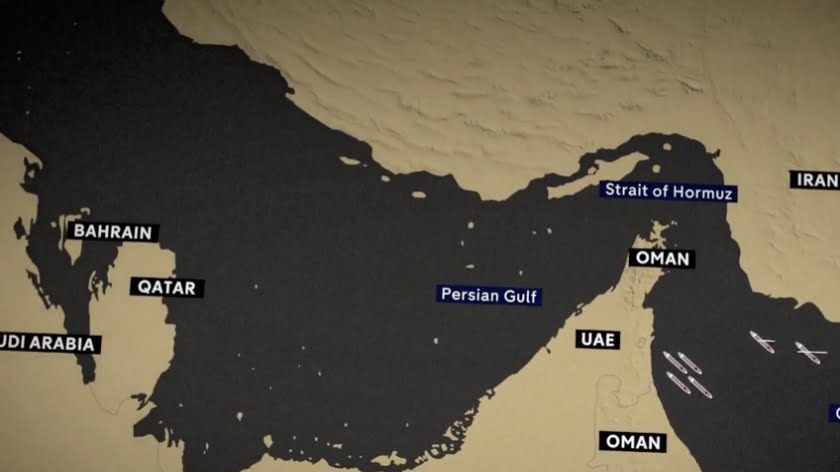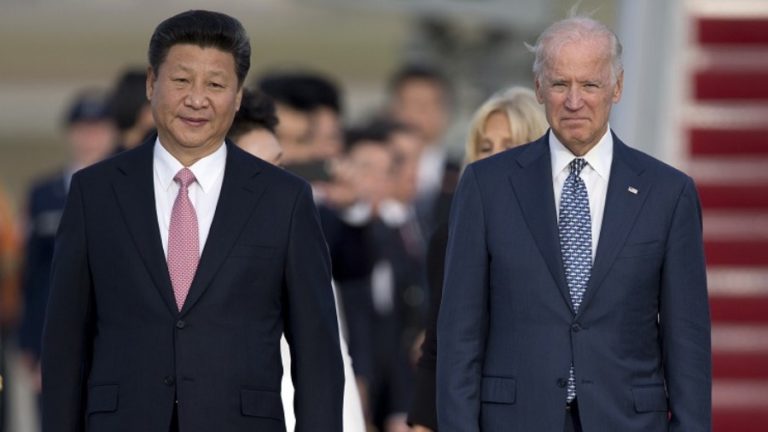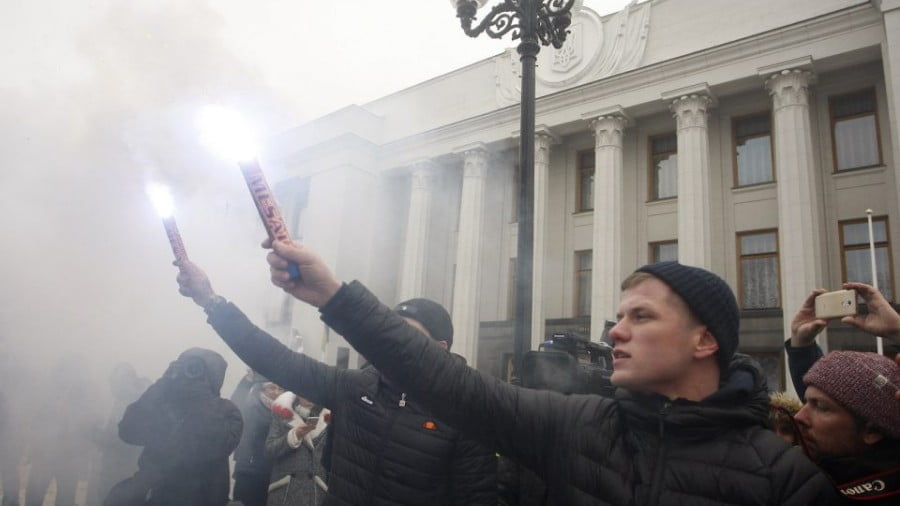Next Intifada? (I)
The Deal of the Century proposed by acting US President Donald Trump once again opened a Pandora Box of the Israeli-Palestinian relations in the Middle East.[i] It is very rational to predict that the Palestinian answer to the Deal of the Century is going to be in the form of intifada’s uprisings which can return back the region for several decades back in the past. Therefore, it is worth to remind ourselves about the main causes and timeline of the Isreali-Palestinian conflict.
What is conflict about?
The Zionist Israeli-Arab Palestinian conflict today is one of if not the most significant global security problems to be dealt with. However, this conflict is historically not much old as it is a pretty modern issue, dating, in fact, since the First Zionist Congress in 1897. The focal question is: What is conflict about? In other words: What are those two different groups are fighting for?
At a first glance, it can be understood that behind the conflict reasons is a confession as those two peoples are of different denominations: the Jews are predominantly Judaists while the Palestinian predominant confession is Islam but includes and Christians and Druze. However, the obvious religious differences are not the fundamental cause of the struggle. In fact, the conflict started a century ago and continued to be strife for the land.
Palestine, the land claimed by both sides was known under this term in international relations from 1918 till 1948. Moreover, the same term was applied by Islam, Christianity, and Judaism to designate a Holy Land. However, as a consequence of the war from 1948 to 1948 between the Arabs and Israel, this land (some 10.000 sq. miles) became divided into three parts: 1) Israel; 2) the West Bank; and the Gaza Strip. Both groups have a different background in claiming this land:
- The Jewish claims to Palestine are founded on the Biblical promise to Abraham and all his descendants. The historical foundations of such claims are based on the fact that on the territory of Palestine have been established the ancient kingdoms of the Jews: Israel and Judea. Politically, this historical claim is backed by the need of the Jews for the nation-state to get rid of the European anti-Semitism especially after the WWII-holocaust.
- Arab Palestinians are claiming the same land-based on their continuous living in Palestine for hundreds of years and on the fact that they were demographic majority until 1948. In addition, they reject the confessional-ideological notion of the Zionist Jews that the Jewish kingdoms based on the Old Testament can constitute any rational and moral/scientific foundations to be used for acceptable modern claim especially taking into consideration that the Jews left Palestine after the occupation of the Roman Empire in the 1st century AD. However, the Arab Palestinians also use the arguments from the Bible and, therefore, claim that Abraham’s son Ishmael is the forefather of the Arabs and that God promised the Holy Land to all children of Abraham what simply means and to the Arabs. But the crucial issue from the Arab Palestinian viewpoint is that they cannot forget Palestine as a matter of compensation for the holocaust against the Jews done in Europe.
The Palestinians and diaspora
The term Palestinians from the very political-historical standpoint today refers to those people of Palestine whose historical roots are traced to this land as defined by the British Mandate’s borders being the Arabs of Christian, Muslim or Druze denominations. It is estimated that today there are some 5.6 million Palestinians living within the British Mandate Palestine’s frontiers which is now divided into three parts: 1) The State of Zionist Israel; 2) The territory of the West Bank; and 3) the Gaza Strip. The last two were occupied by Israel during The 1967 Six Days War. It is as well as claimed that today there are some 1.5 million of the Palestinians living as the citizens of Israel. Therefore, the Palestinians compose around 20% of the Israeli population. In addition, some 2.6 million Palestinians live in the West Bank including and 200.000 living in East Jerusalem and around 1.6 million living in the Gaza Strip. However, there are around 5.6 million Palestinian people who are living in the diaspora, outside Palestine mainly in Lebanon, Syria, and Jordan.
Among all Palestinian diaspora groups, the largest one (some 2.7 million) lives in Jordan. Many of them still live in those refugee camps established in 1949 while others became town dwellers. Some Palestinian refugees took refuge in Saudi Arabia or in other Arab Gulf states while others moved to other countries of the Middle East or the world. Among all Arab states, only Jordan granted citizenship to those Palestinians living there.
Nevertheless, the situation of the Palestinian refugees in South Lebanon is particularly disastrous as many Lebanese are blaming them for the civil war that ruined the country in 1975−1991 and, therefore, demand that all Lebanese Palestinians have to be resettled somewhere else as a precondition to re-install peace in the country. Especially the Lebanese Christians are very anxious to rid the country of the Muslim Palestinians as they fear that the Palestinians are undermining the religious balance of Lebanon.
Israeli Palestinians
When Israel was proclaimed as an independent state in May 1948, there were only some 150.000 Arab Palestinians within its borders. On one hand, all of them were granted the citizenship of Israel what means automatically and with the right to vote.[ii] However, on the other hand, the Palestinians de facto have been second-class citizens (i.e. the ethnic and confessional minority) for the very reason as Israel was officially defined as both a Jewish state and the state of the Jewish people.[iii] As the Palestinians are not the Jews (regardless of the fact that both are the Semites).[iv] Most of those Israeli Palestinians have been subjected until 1966 to the military authority which restricted their free movement followed with other civic rights like to work, to free speech, to the association, etc. The Palestinians were not allowed to be the full members of the Israeli trade union federation (the Histadrut) up to 1965. But the focal problem was that the State of Israel confiscated around 40% of Palestinian land for the purpose to be used for development projects.[v] However, from the majority of such state’s development projects mostly exactly Israeli Jews profited but not Israeli Arab Palestinians.
One of the basic claims by the Arab Palestinians in Israel is that all Israeli authorities are systematically discriminating them by allocating very fewer resources for health care, education, public works, economic development or resources for municipal governmental authorities to the Arab-populated land. Another general claim is that Israeli Palestinians are as well as systematically discriminated from the right to preserve and develop their cultural, national, and political identity. As a matter of fact, Israeli Palestinians have been up to 1967 totally isolated from the Arab world but as well as very much understood by other Arabs as traitors who left to live in oppressive Zionist anti-Arab State of Israel. However, since The 1967 Six-Day War, the majority of Israeli Palestinians became more self-confident in their Arab Palestinian national identity. During the last some 20 years, Israel prohibited to commemorate the nakba that is either the expulsion or flight of at least 500.000 Arab Palestinians in 1948 during the first Arab-Israeli war.
The meaning of intifada
The Arabic word intifada means “shaking off” but in the political language as a term, it means “uprising”. More precisely, this term refers to the two Palestinian uprisings on both territories of the West Bank and the Gaza Strip. These two territories have been occupied by Israel during The 1967 Six-Day War between Israel and the coalition of the Arab states in the region of the Middle East.[vi] Both intifadas lasted from 1987 to 2000.[vii]
The First Intifada
The First Intifada was, in fact, the spontaneous uprising in 1987 which lasted until 1993. It began as a revolt of the Palestinian youth throwing stones against the forces of the Israeli occupation, but soon became a widespread movement involving civil disobedience with periodic large-scale demonstrations supported by commercial strikes. Usually, it is considered that the beginning of the First Intifada was a response to:
- The realization that the Palestinian Question in the Middle East together with the Arab-Israeli conflict was not seriously taken into consideration by the Governments of Arab states.
- The fact that the Palestinians in the so-called Occupied Territories (after The 1967 Six-Day War) should have to take matters into their own hands.
The West Bank’s and Gaza’s Palestinians started an uprising in December 1987 against the policy of occupation run by the Israeli Government. It has to be clearly noticed that the First Intifada was not either started or directed by the leadership of the Palestine Liberation Organization (the PLO) which was at that time located in Tunis.[viii] It was actually popular mobilization organized by local Palestinian organizations and institutions in Palestine. The movement very quickly became a massive involving several hundreds of thousands of Palestinians of whom many did not participate before into the previous resistance actions and many of them have been teenagers and even kids. The response of the Israeli security forces was brutal repression of the whole Palestinian population of the Occupied Territories.
During the first years of the uprising, the movement chose similar form of the fight of Mahatma Gandhi (1869−1948) in India against British colonial authorities: civil disobedience, massive demonstrations, general strikes, refusal to pay taxis, boycotts of Israeli products, writing political graffiti or establishment of underground the so-called “freedom schools”.[ix] Later, the uprising took certain forms of “terrorist” actions like stone-throwing, Molotov cocktails or putting the barricades to stop Israeli military forces.
The actions of the First Intifada have been organized within the framework of the United National Leadership of the Uprising which embraced several popular committees. The fact was that Intifada succeeded to attract up to that time the biggest attention by the international community especially of those dealing with human and minority rights to the situation of Palestinians living in the Gaza Strip and the West Bank. The Israeli occupation of these territories became criticized as never since 1967.[x]
Israeli Defence Minister Yitzhak Rabin’s strategy to deal with Intifada was to use military force and security power. In the years from 1987 to 1991, according to Palestinian sources, the Israeli army murdered over 1.000 Palestinians. Among them, there were some 200 teenagers under the age of 16. Army’s actions included and massive arrests resulted that during the First Intifada, Israel had the highest number of prisoners per capita in the world. Due to such brutal actions, by 1990 most of the Palestinian leaders of the Intifada have been in prison and, therefore, the uprising lost its cohesive force but, nevertheless, it continued until 1993.
To be continued..
Endnotes:
[i] About the Israeli-Palestinian conflict, see in [Martin Bunton, The Palestinian-Israeli Conflict: A Very Short Introduction, New York: Oxford University Press, 2013].
[ii] Nevertheless, in some cases Israeli Central Elections Committee in practice used very politically colored criteria to discriminate against those Arab Palestinians whose political views are understood to be unacceptable especially at the time of the parliamentary elections.
[iii] About ideological-political background on the creation of Israel as a nation-state of the Jews, see in [Theodor Herzl, The Jewish State: The Historic Essay that Led to the Creation of the State of Israel, Skyhorse, 2019].
[iv] Semitic peoples are supposed to descend from Shem, son of Biblical Noah. Particularly it is assumed for the Jews, Arabs, Ancient World’s Phoenicians, and Assyrians [Alan Isaacs, et al (eds.), A Dictionary of World History, Oxford−New York: Oxford University Press, 2000, 563]. There is a claim that, in fact, present-day Palestinians descended from the Phoenicians and that term Palestinians is corrupted Phoenicians.
[v] Israeli Palestinians are commemorating on March 30th Land Day to protest the continuing confiscation of Arab territories by the Israeli Government. The first protest on this day was in 1976 when the Israeli security forces killed six Palestinians. Since this incident, the Palestinians either in the diaspora or in Israel commemorate this day as a national day.
[vi] The 1967 Six-Day War from 5th to 10th June is known in the Arabic world as the June War. The formal reason for this war have been three requests by Egypt to the OUN’ Emergency Force in Sinai: 1) to withdraw their detachments from the Israeli border; 2) the increase of Egyptian military troops on the Sinai Peninsula; and 3) to close the Straits of Tiran in the Gulf of Aqaba for the use by Israeli ships. Three Arab states made a military coalition against Zionist Israel: Egypt, Syria, and Jordan. The 1967 Six-Day War started by the Israeli Minister of Defence General Dayan as a pre-emptive airstrike. However, it was soon followed by Israeli occupation of the Sinai Peninsula, Old Jerusalem, the West Bank, the Gaza Strip, and the Golan Heights during two last days of the war [Guy Laron, The Six-Day War: The Breaking of the Middle East, New Haven−London: Yale University Press, 2017].
[vii] Don Peretz, Intifada: The Palestinian Uprising, London−New York: Routledge, 2018.
[viii] The Palestine Liberation Organization (the PLO) is both a political and military organization that was created in 1964 for the sake to unite different Arab Palestinian groups to fight Israeli anti-Palestinian policy on the land of Palestine. The PLO became dominated since 1967 by al-Fatah that was led by Yasser Arafat. In 1974, the PLO became recognized by the Arab states as an official political and national representative of all Palestinians. The Israeli military invasion of South Lebanon in 1982 decreased its military power and organization itself. As a consequence, the PLO became reorganized in Tunisia. The organization, however, became split into several extremist-radical groups like the Popular Front for the Liberation of Palestine or the Black September (classic terrorist group) who became responsible for kidnappings, hijackings or murdering within or outside of the Middle East. Yasser Arafat, therefore, persuaded in 1988 the PLO to renounce violence and terrorist acts and its governing council recognized the existence of Israeli state. As a direct consequence of such political move, since 1988, the PLO was accepted by many states as being a Government-in-Exile of Palestine. Yasser Arafat in 1993 acted as a Chair of the Palestinian National Authority administering the territories of the Gaza Strip and the West Bank [Jillian Becker, The PLO: The Rise and Fall of the Palestinian Liberation Organization, Bloomington, IN: AuthorHouse, 2014].
[ix] The regular schools were closed by the military authority of Israel as an act of revenge for Intifada.
[x] The Palestinian side claims that during the First Intifada, the Israeli Government runs a secret policy of killing of the Palestinians on the Occupied Territories. Such kind of operations has been done by special units who either presented themselves as Arabs in order to approach and execute the victims or by snipers who have been killing from a distance.
By Prof. Dr. Vladislav B. Sotirović
Source: Oriental Review

